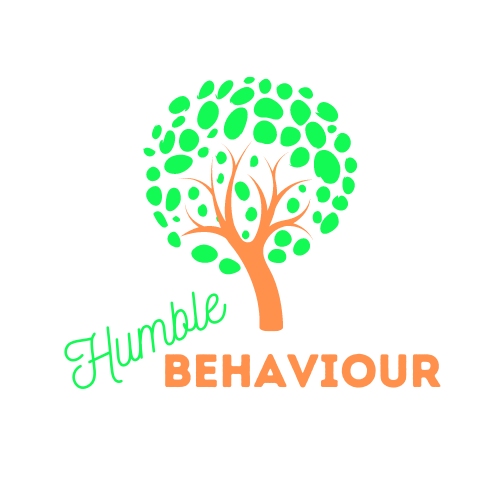Consumer Behaviour Analysis
Consumer Behaviour Analysis is the application of behavioural science and psychology to marketing and business operations and using data to understand how people make decisions regarding which products or services to purchase. This often involves the use of personality traits and social or geographical data to segment and personalise content and messages delivered to prospective buyers.
However, we focus on observable behaviours and consider the customer journey from beginning to end. This involves looking at organisational processes, and how these may influence buying decisions. We also look at the motivations that individuals have when buying products and services, based on behavioural science and behaviour analysis.
The Customer Profile and Pinpointing Behaviours
We first need to identify who our customers are. Who, as an organisation, do we serve? Who is buying our products and services? How will benefit from our products and services?
We then want to identify what behaviours our customers need to engage in to buy our products or services. How can we influence the environment of those individuals to promote buying behaviours? How can we get in front of them in a positive way? Are we providing an amazing customer experience across the board, and reinforcing buying behaviour, promoting loyalty?
Motivations
It is important to note that buying is a behaviour. As a result, it functions the same as any other behaviour. We engage in this buying behaviour for a small number of reasons:
- To gain positive attention from others (we often think of this as ‘status’) – for example, people buy fancy cars or the latest gadgets to be seen as someone important and successful, and to gain compliments and positive attention from others
- To obtain something we want and enjoy – for example, we may enjoy playing games, and therefore buy games consoles and games
- To provide a pleasurable sensory experience – for example, we may buy a massaging chair because we like the feeling it gives to us
- To escape or avoid something aversive – for example, we may hire a tax professional to prepare our tac return as we both hate doing it, and to avoid fines
What function does your product or service solve? It may be more than one, but it’s important to be clear in your messaging. Each marketing campaign should primarily focus on one of these only. It is also important to consider your competition and market demands in conjunction with this. If you are a new mobile phone manufacturer, using a marketing angle that targets individuals that want to buy status and attention may not be the best idea, as there are already many companies dominating that motivation (e.g. Apple), unless you have a unique selling point, such as your phone is made out of gold (unlikely, but possible). It therefore may be easier and more effective to target buying that want to avoid the high prices of other brands, or that’s simpler than other brands.
Our motivation also changes dependant on various factors. For example, we are more likely to hire a tax professional when its close to tax deadlines. Or we are more likely to buy our favourite snack when we are hungry, to escape the feeling of hunger. Consider what and how these influences impact customers buying decisions.
The Customer Journey
You want to consider the journey your customer takes from first hearing about your company to buying your product and service and beyond. You may want to consider the following:
- How does your customer find out about you? Is this on social media, in a TV commercial, in a store…?
- What is your messaging to your customer?
- How easy is it for your customer to buy your product or service? Is this clearly communicated to your prospective customers?
- Is the buying process simple? Is there any friction that makes some people give up half-way through the process?
- Once they’ve brought your product or service, how quickly is it delivered? How does this compare to your competition? Does it meet their expectations?
- Does your product or service achieve the desired function? Does it reinforce or punish the buying behaviour?
- What do you do then? Do you upsell other products that support other functions? Are you their go to for all their issues in a specific area?
Overall, you want your customer’s journey to be as smooth as possible for your customers to prevent friction. Confusion kills conversions. One way to reduce friction is implementing a lead or sales funnel. This simplifies the buying process and considers each step of the process, clearing indicating what behaviour you want your customer to engage in at each step. Once a person has brought your product or services, you then want to over deliver to your customers, and reinforce their buying behaviour, promoting customer satisfaction and creating loyalty.
You may also want to consider is your messaging to your prospects. It may be useful to segment your market and customise your messaging to each market segment.
If you would like to discuss how behaviour analysis and behavioural science can help you or your organisation, please contact us and arrange a free 30-minute consultation.
